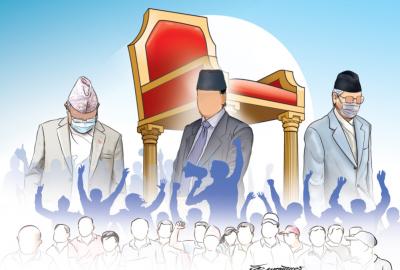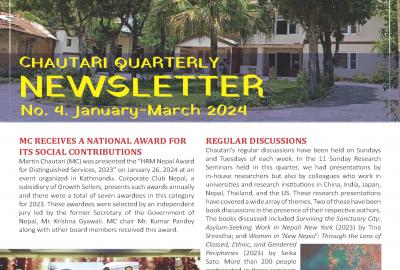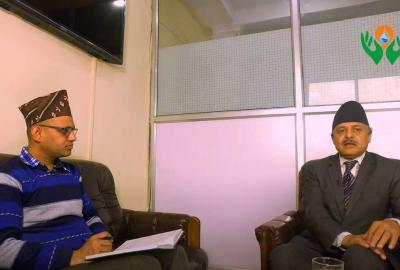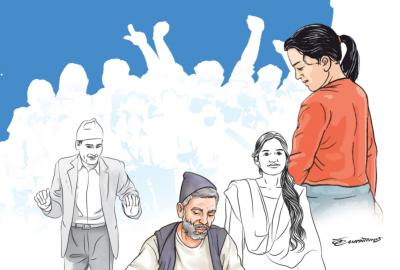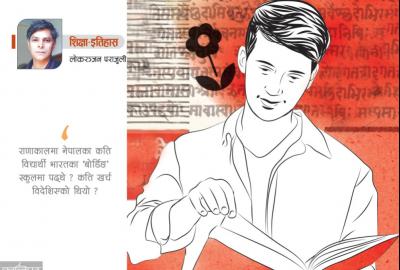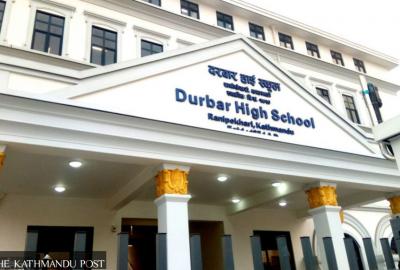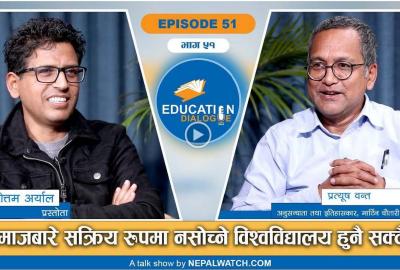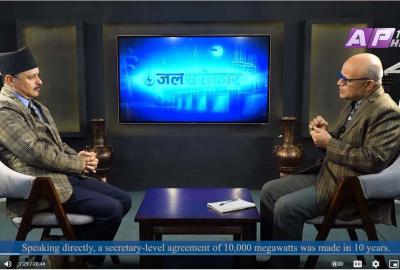Did the Nepali public at large feel like they were members of a more sovereign country after 1923?

The “Treaty of Friendship between Great Britain and Nepal, 1923” was signed on December 21, 1923, by the Rana Prime Minister Chandra Shamsher and the British envoy in Kathmandu William F.T. O’Connor. To mark the centenary of this treaty, the Madan Puraskar Pustakalaya (MPP) and the Britain-Nepal Academic Council jointly organised a conference in Patan on December 16-17, 2023. Several presenters revisited the treaty from various vantage points.
In his opening remarks, one of the two coordinators of the conference, Kanak Mani Dixit, correctly pointed out that scholars had not paid much attention to this treaty of late. The two best academic discussions of this treaty that I know of were based on research done in the 1960s. The most thorough discussion of the diplomatic dynamics prior to the signing of this treaty is provided by the Indian historian Kanchanmoy Mojumdar in his book Political Relations between India and Nepal 1877-1923 (1973). His work was earlier completed as a PhD dissertation at the University of London in 1968. An insightful analysis of this treaty and Chandra Shamsher’s foreign policy is provided by Asad Husain in his book British India’s Relations with the Kingdom of Nepal (1970; PhD completed at the University of Minnesota in 1965). About 23 years ago, Pitamber Lal Yadav submitted a doctoral dissertation to Tribhuvan University with the title “A Case Study of Treaties between Nepal and British India, 1792-1923”, but as far as I know, it was not published as a book and I have not read the dissertation.
The 1923 treaty was mostly demanded by Chandra Shamsher, and its text of seven articles was finalised after several years of negotiation between the two sides. On the British side, the treaty was an acknowledgement of Nepal’s massive contributions to the Allied Nations during World War I in the form of Gurkha soldiers and generous donations (later sale) of railway sleepers to British India after the war. Many analysts consider this treaty (especially its articles five and six) to be important for securing the recognition of Nepal’s sovereignty in the international arena. In providing this take, they are reiterating what Chandra Shamsher said on the occasion of its signing: “While we have here the acknowledgement in an unequivocal manner of the place we occupy as an independent nation, it dispels for all time the misconceptions about this that seemed to have hovered our country.”
Although I am interested in many aspects of early 20th-century history, such treaty texts don’t animate me as a researcher. However, that doesn’t mean I don’t want to read new scholarship on it. Hence, I raise some questions that others might want to consider in their future work.
First, did the 1923 treaty really change Nepal’s sovereign status, given that it was already an independent country before the treaty was signed? Those who want to answer this question will need to tackle the challenge posed by the late Rishikesh Shaha, who was a diplomat and politician before he wrote Modern Nepal: A Political History 1769-1955 (1990). Shaha claims the treaty “did not bring about any significant change in Nepal’s status.” He further says after the treaty was signed, “despite the fact that the very first article of the treaty provided that the two Governments agreed to acknowledge and respect each other’s independence, both external and internal, Nepal’s foreign relations in fact continued to be conducted through New Delhi.”
What I take Shaha to be saying is that while the text of the treaty acknowledged Nepal’s independent status, the practice of Nepal’s foreign diplomacy continued to be guided by New Delhi, at least through the end of the Rana rule in 1951. Knowledgeable analysts of Nepal’s diplomacy during the late Rana years and in the later decades of the 20th century will have to prove Shaha wrong if they are to convince others about the absolute importance of the 1923 treaty in enhancing Nepal’s status as an independent country. For this, they might have to revisit the public archives in Kathmandu, New Delhi, London and elsewhere where new documents might have become available in the past 55 years.
Second, did the Nepali public at large feel like they were members of a more sovereign country after 1923? Let us think of the elites first. What did Kaiser SJB Rana and Mrigendra SJB Rana (son and grandson of Chandra Shamsher, respectively) record in their diaries after the treaty was signed? What did Hemraj Sharma and Rammani Acharya Dixit, two important functionaries of Chandra Shamsher, record in their diaries? Since the diaries of these four individuals (and others) are held by their progenies, researchers should be able to access them.
To find out what the average members of the Nepali public thought about the treaty, researchers will have to read books and periodicals published after 1924. For instance, did the treaty find any important coverage in Nepali books published from inside and outside of Nepal in the subsequent decade? In addition, researchers will also want to re-read newspapers such as Gorkha Sansar (a weekly published from Dehradun between 1926 and 1928) and Tarun Gorkha (1928 to 1933?). My colleague Devendra Uprety is poring over the archives of Gorkha Sansar for his research on educational history and tells me that he has not found any major references to the 1923 treaty thus far. Instead, as can be expected in an oppositional platform, there are many criticisms of Chandra Shamsher in this newspaper. For instance, in the issue dated March 6, 1928, a writer identified as “Ek Muglaniya” wrote a piece to counter the propaganda (“Unnatshil Nepal”) published in Calcutta newspapers during Chandra Shamsher’s visit to that city in late 1927. Focusing on the education sector, this writer asks why there is just one high school (Darbar School) and one college (Tribhuvan-Chandra College) for 70-80 lakh Nepalis in “Unnatishil Nepal”.
Moreover, Uprety tells me that in many write-ups published in Gorkha Sansar, several writers mention that although Nepal was independent, it did not have the modern institutions (schools, colleges, etc.) that colonised India did. In other words, they question the vacuity of the sovereign claim by pointing out that the autocratic Rana state and the poverty of Nepal, among other factors, had forced them to seek education and jobs in British India.
Third, did the “generosity” of Chandra Shamsher to secure the treaty enhance his personal wealth while turning Nepal and Nepalis poorer? The cost to the families and communities that sent Gurkha men to fight the empire’s war during WWI was enormous. His “hunting diplomacy”, whereby British rulers were invited to elaborate hunting expeditions in the Nepal Tarai, surely contributed to the depletion of rhinos, tigers and other wildlife. Similarly, his donation of timber for railway sleepers might have contributed to massive deforestation in the Tarai. How should political historians calculate the pluses and minuses of such processes?
Apart from the ones asked above, other interesting questions can be asked from different intellectual vantage points. Those cannot be pursued here in detail for reasons of space. However, they supersede concerns related to sovereignty per se and take us into the territory of variously connected histories between Nepal and India. Those questions will allow us to think about themes related to the mobility of labour across various categories, access to education, the making of the Nepali public sphere, political conscientisation and mobilisation, and environmental history. I am glad to report that some young Nepali researchers are already working on these themes, and the results of their research will be available soon.
Published at : December 21, 2023
Source: https://kathmandupost.com/columns/2023/12/21/further-researching-the-1923-treaty



